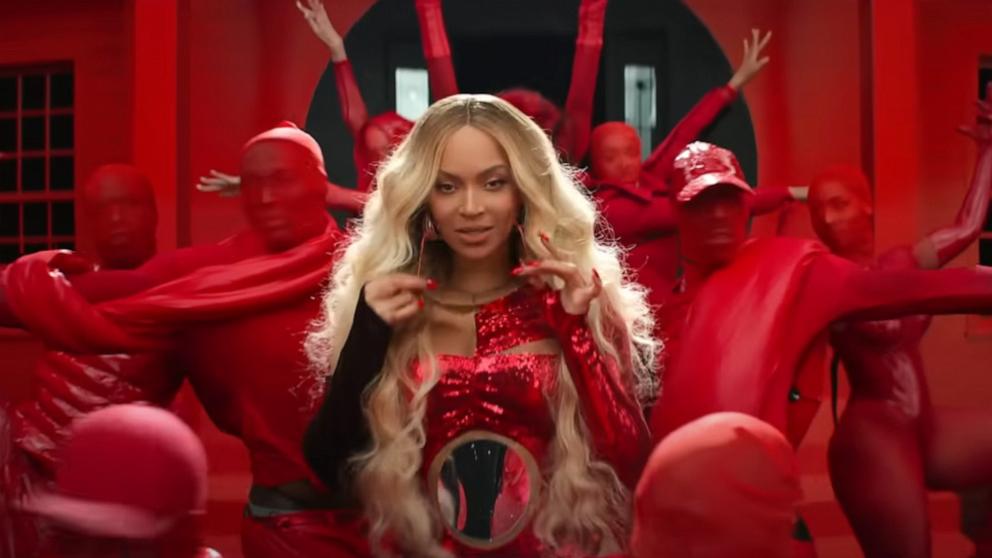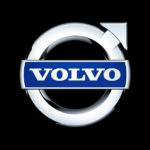
Super Bowl ads are a battleground for consumer product advertisers vying for audience attention. But B2B marketers can gain valuable insights by understanding what is working for consumer goods companies. Below we have highlighted three of the best ads from the game, and the implications for B2B marketers. Clearly, the $7 million US price tag for a 30-second spot led these companies and their agencies to put their best foot forward.
State Farm Shows Why You Shouldn’t Be So Quick to Reposition Your Product
State Farm’s ads utilized Arnold Schwarzenegger’s Austrian-accented English – and his famous co-starring role in Twins with Danny DeVito – to produce a humous and action-packed commercial. As State Farm typically does in contrast to Allstate’s “mayhem” theme, it chose spokespeople who are engaging and well-liked.
This theme of relatable characters fits well with its long-used tagline – “like a good neighbor, State Farm is there” – that was first introduced in 1971 by Barry Manilow in a jingle. Except for 4 years (2016 -2020), this has been State Farm’s positioning for 58 years.
It’s hard to argue that this tagline has created an old and tired company image. Going into its second century of operation (the company was founded in 1922), the company reported close to $90 billion in revenues recently. Despite some uneven net income results, typical of insurance companies, this is a relevant and viable company.
The lesson for B2B marketers: if you have a position that’s working, stick with it! And if you’ve found that you re-positioned your brand or product with bad results, consider going back to a position that worked previously.
Why? Because customers brains simplify the vast amounts of information they are bombarded with by boiling down your and your competitor’s brands to a few key words or a phrase. If you have something that’s been burned into their consciousness and it works even reasonably well, stick with it (or go back to it!).
It takes so long to get customers to change their minds about anything, yet companies’ re-position all the time because of new leadership (e.g., ego’s) or because managers think they need to communicate something different. Here is a B2B example of unnecessarily changing a tag line.
A (negative) B2B example of re-positioning (way) too soon: Ask people of a certain age what FedEx’s tagline is, and many will shout out “when it absolutely, positively has to be there overnight.” What a powerful position! How do we know? Because it’s still remembered despite being last used…in 1983.
Look at FedEx’s tagline history since then, and you’ll see none that resonate in the same way. The urgency and emotion of the “absolutely, positively” position communicated FedEx’s reliability and helped justify the premium price one often pays when choosing FedEx.
Their current tagline — and others in FedEx’s post 1983 history — attempt to communicate what the company wanted to convey at the time. This seems logical. For example, the current tagline, “The World On Time,” touts the global capabilities of today’s FedEx.
How many people would shout out, unaided, “The World On Time” as FedEx’s position? The brand equity of this tagline pales in comparison to what those were around and paying attention to marketing in 1983 remember.
And could FedEx’s global focus have been communicated under the umbrella of the “when it absolutely, positively has to be there…” position and take advantage of that position’s full power?
We think so, and we think that the beauty of State Farm’s ad is that they’ve found endless creativity and freshness (the “Jake from State Farm” series, the current set of commercials featuring the Kansas City Chief’s players and coach, etc.) within the context of a powerful position already burned into consumers minds. Like State Farm, find a good position and stick with it!
Pfizer Demonstrates That It’s Not About You – It’s About Your Stakeholders
Pfizer’s role in finding a COVID vaccine was a significant moment in the recent history of the world, and certainly for their company. And while their ad included a subtle nod to their accomplishment (and to other past company breakthrough’s), Pfizer did a very smart thing.
As a B2B2C company, they addressed a broad set of stakeholders in their ad, not just consumers. Hospital administrators and buying committees — significant decision makers in the pharmaceutical space — are paid to ask vendors “what have you done for me lately?”
Accordingly, the overarching context of the Pfizer Super Bowl ad was that the company was not resting on its laurels. Pifzer is moving on to their next big focus. Which appears to be beating cancer.
The hard-hitting and emotional Pfizer commercial made positive impressions on medical professionals, executives, and consumers across the country. The ad did what any B2B marketer wants to achieve – it opened the doors to fruitful business conversations about cancer drugs and other Pfizer products. All by resisting the temptation to talk about themselves and their significant company accomplishments to focus on the needs of their stakeholders.
Dove Executes a Strategy of Preemption in a Commodity Industry
It’s difficult to differentiate products like soap and skin cream on their attributes alone. Not only do many such products have similar components. Talking too scientifically to lay people about any product is a ticket to boredom and market share loss.
Companies with these types of products often compete successfully by appealing to buyer emotions. Seems odd, doesn’t it? How can customers get emotional about commodity products? Yet we see this successfully done all the time.
Dove is great at appealing to buyer emotions. Starting with its body image campaigns of a few years ago, Dove this year focused on teen girl confidence and keeping them involved in sporting activities.
What do emotions have to do with soap and skin cream? A lot. Personal care products are a part of helping people to look their best, and how one feels about how they look has a lot to do with confidence.
As the first to go down this path, Dove is executing what we call a “preemption” strategy. They are literally preempting any competitor from talking about this topic, because if they did, the competitor will sound like a Dove “copycat.” Preemption is a brilliant B2B strategy too, especially in markets where products are difficult to differentiate on their attributes alone.
B2B Examples: Executing a preemptive strategy like Dove is doing requires first understanding the emotions that buyers of your products are feeling and appealing to them. The big mistake is in thinking that business buyers are entirely rational and devoid of emotions.
For example, IBM sold what many felt were inferior technology products by appealing to the emotion of fear amongst IT professionals. “No one ever got fired for buying IBM” was their unofficial tagline, and sellers of IBM products made great use of this appeal.
Still don’t believe it? Check out this article from a few years ago where we found that every one of the then-top B2B brands utilized an emotion-based tagline. The best Super Bowl ads are not just about entertainment; they offer insightful lessons for B2B marketers. From State Farm’s consistency to Pfizer’s stakeholder focus and Dove’s preemptive strategy, each commercial carries valuable insights. These lessons help B2B businesses position themselves to build brand equity, appeal to stakeholder needs that matter, and differentiate themselves even in commodity-like industries.

 Mary Abbazia
Mary Abbazia Tom Spitale
Tom Spitale Sean Welham
Sean Welham